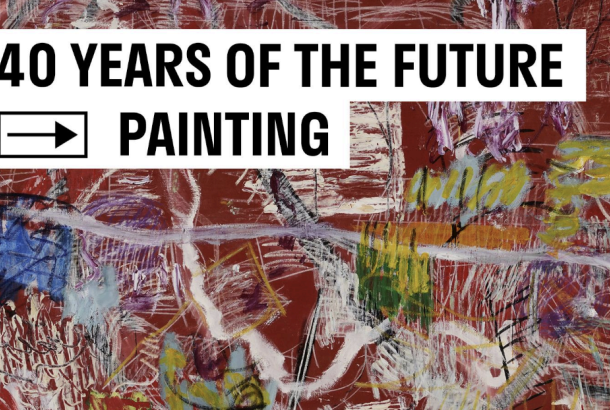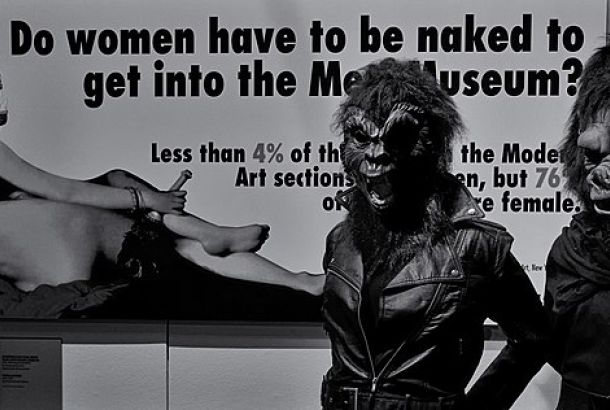Stirling Prize: Substance over Style
Two weeks ago, Burntwood Comprehensive School, designed by AHMM, was awarded the Stirling Prize for Architecture. Along with the other contenders—among them NEO Bankside, Maggie’s Cancer Care Centre, and Manchester’s own Whitworth Gallery—the list is somewhat ironically similar to Whitehall’s lists of impending cuts: Health, education, arts. Indeed, RIBA’s president Jane Duncan gently hinted at a politically biased victory when she said that given the overcrowding of schools it was refreshing to see such an aspirational place of study.
Burntwood’s overall style could be described as ‘elegant-clunky’. The faceted façade is neat but the repetition of the pre-cast concrete shapes has the appearance of a nuclear resistant base. Inside the new four-storey pavilions are high-ceiling classrooms, tall glass windows with pretty views of campus-style plazas and walkways, and airy library spaces. Smart, clean, and set out like a palatial job centre, the style is not overwhelmingly impressive. It has the slightly numb calm of a modern gallery, which is almost to be expected from a firm whose catalogue includes Westminster Academy (shortlisted in 2008) and the Saatchi gallery.
However, beneath the concrete portholes lie the foundations of an important historical homage. The six new sites incorporate two original buildings by Sir Leslie Martin, built during a golden age of intelligent comprehensive design in the 1950’s. In contrast, Burntwood’s renovation was commissioned during the dying months of New Labour’s BSF (Building Schools for the Future) programme—the last major initiative to fix old and downright dangerous schools.
As it stands, the school is a testament to the art of difficult negotiation. Under BSF, schools came up with a plan and then liaised with a quango called Partnership for Schools to find the best firm to build their vision. Shortly after the Coalition was elected, Michael Gove criticised the planning process, arguing that the nine ‘meta-stages’ and host of smaller sub-stages resulted in overspending and gross bureaucracy. It was axed in 2011 —around the time of Burntwood’s initial work—and the remaining desperately incomplete projects had to bid case by case for funding.
It’s fitting that a ‘Coalition era’ building should enshrine tense political haggling. However, unlike the bickering common room of politics this came out as a concrete-clad sign of hope. Amid the beggarly bids for money forced upon over 700 abandoned school projects, AHMM persevered and found true collaborators in the invaluable advice of teachers, the commotion of student life and the historic groundwork of Leslie Martin.
The transparency of the company is also something to praise. Their website contains all the architects’ preparatory work, like elevation plans and impressionistic vistas, so anyone can browse freely at their creative process. Underneath these designs are captions that give away their grand intentions. Rooms are discussed in phrases like “transferrable space,” “circulation spaces,” “external teaching terrace,” and “interactive theatre.” Seen through this vocabulary of style, the rooms themselves devolve their use to the needs of the pupils. A humbler art of collaboration is at the core of the project and for this Burntwood was a worthy winner.







